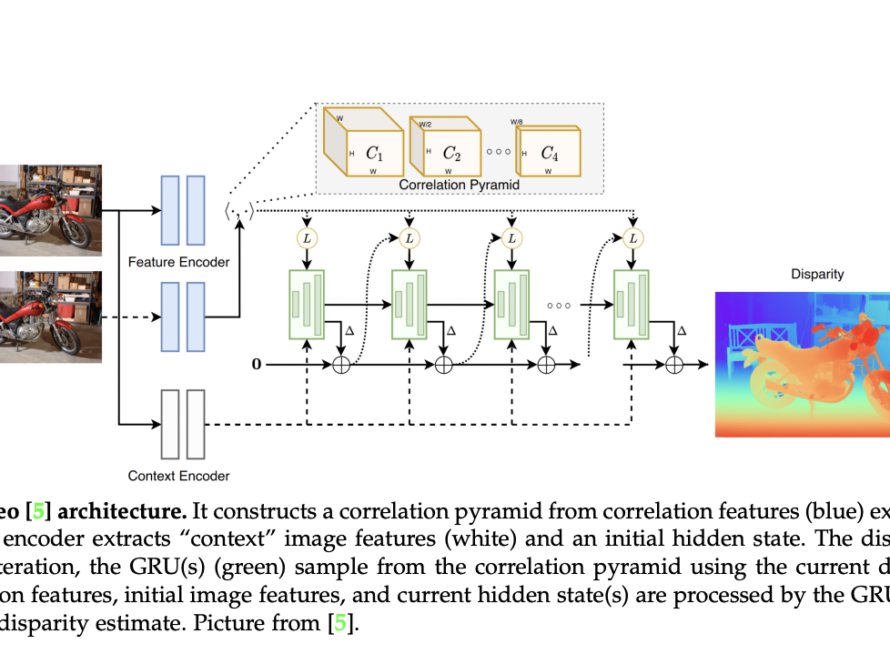[ad_1]
The advancement of AI has led to remarkable strides in understanding and generating content that bridges the gap between text and imagery. A particularly challenging aspect of this interdisciplinary field involves seamlessly integrating visual content with textual narratives to create cohesive and meaningful multi-modal outputs. This challenge is compounded by the need for systems that can comprehend complex instructions and generate content that aligns with human creativity and linguistic nuances.
The problem involves creating systems capable of free-form text-image composition and comprehension, which demands high-level understanding and generation capabilities. Traditional approaches have struggled to maintain the integrity of language understanding while incorporating visual elements in a natural and contextually relevant way. This difficulty stems from the inherent differences between processing textual and visual information, requiring innovative solutions to bridge these modalities effectively.
Existing methods have laid the groundwork by employing large language models (LLMs) and vision-language models (VLMs) to tackle aspects of this problem. However, these approaches often fail to produce content that truly integrates text and image in a free-form manner, adhering to detailed specifications and creative input from users. The challenge is to enhance the model’s ability to understand and generate content that meets complex composition requirements without sacrificing the quality of either textual or visual elements.
The researchers from the Shanghai Artificial Intelligence Laboratory, The Chinese University of Hong Kong, and SenseTime Group introduced InternLM-XComposer2. This model represents a significant leap forward by implementing a novel Partial LoRA (PLoRA) strategy. This approach selectively enhances image token processing while preserving the original model’s linguistic capabilities, achieving a delicate balance between textual comprehension and visual representation.
InternLM-XComposer2 excels in producing high-quality, integrated text-image content that can follow intricate instructions and reference images. This achievement is made possible through a selective enhancement mechanism focusing on image tokens, ensuring robust performance across visual and textual domains. The model’s versatility is further demonstrated through its ability to handle various content creation tasks, from detailed textual narratives to complex visual compositions.
The performance of InternLM-XComposer2 significantly outperforms existing multimodal models across different benchmarks, demonstrating its superior ability in text-image composition and comprehension. This performance is a testament to the model’s innovative design and its potential to revolutionize how we approach content creation in a multi-modal context.
In conclusion, InternLM-XComposer2 opens new horizons in artificial intelligence by masterfully blending text and imagery to produce content that surpasses existing standards. Its innovative approach advances the field of vision-language understanding and paves the way for new forms of creative expression. As we move forward, the possibilities for customizable content creation are vast, promising a future where AI can effortlessly generate multi-modal content that resonates with human creativity and insight.
Check out the Paper. All credit for this research goes to the researchers of this project. Also, don’t forget to follow us on Twitter and Google News. Join our 36k+ ML SubReddit, 41k+ Facebook Community, Discord Channel, and LinkedIn Group.
If you like our work, you will love our newsletter..
Don’t Forget to join our Telegram Channel
Sana Hassan, a consulting intern at Marktechpost and dual-degree student at IIT Madras, is passionate about applying technology and AI to address real-world challenges. With a keen interest in solving practical problems, he brings a fresh perspective to the intersection of AI and real-life solutions.
[ad_2]
Source link



